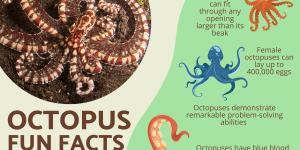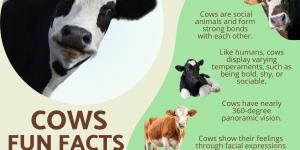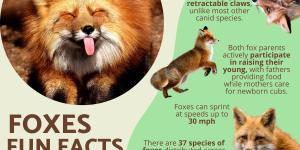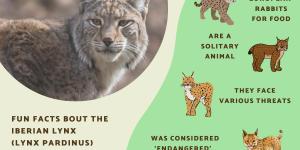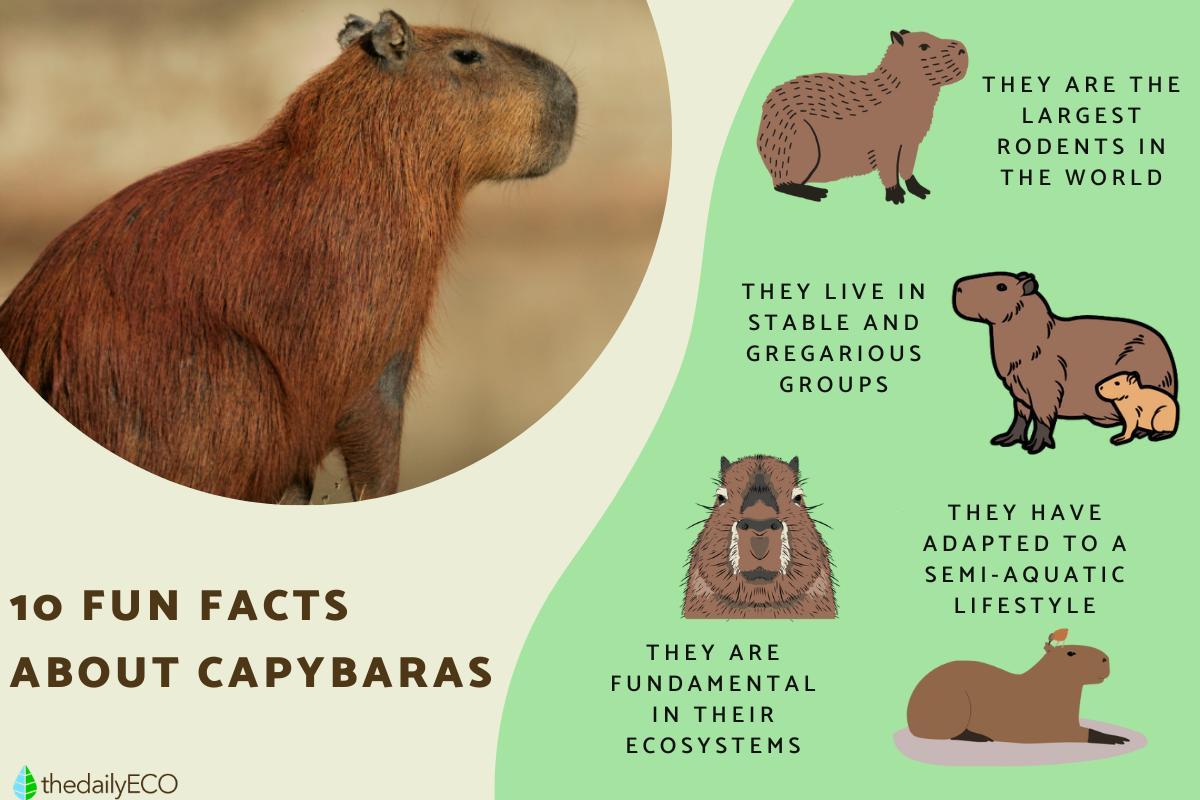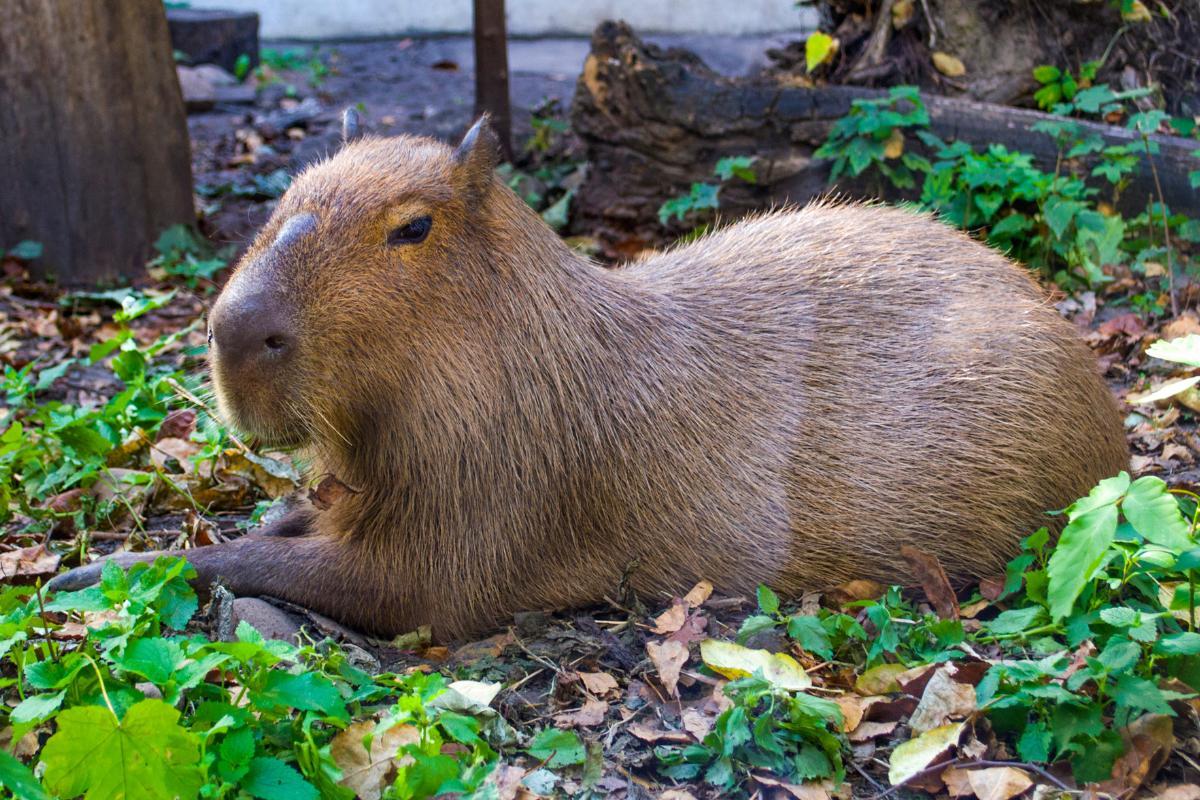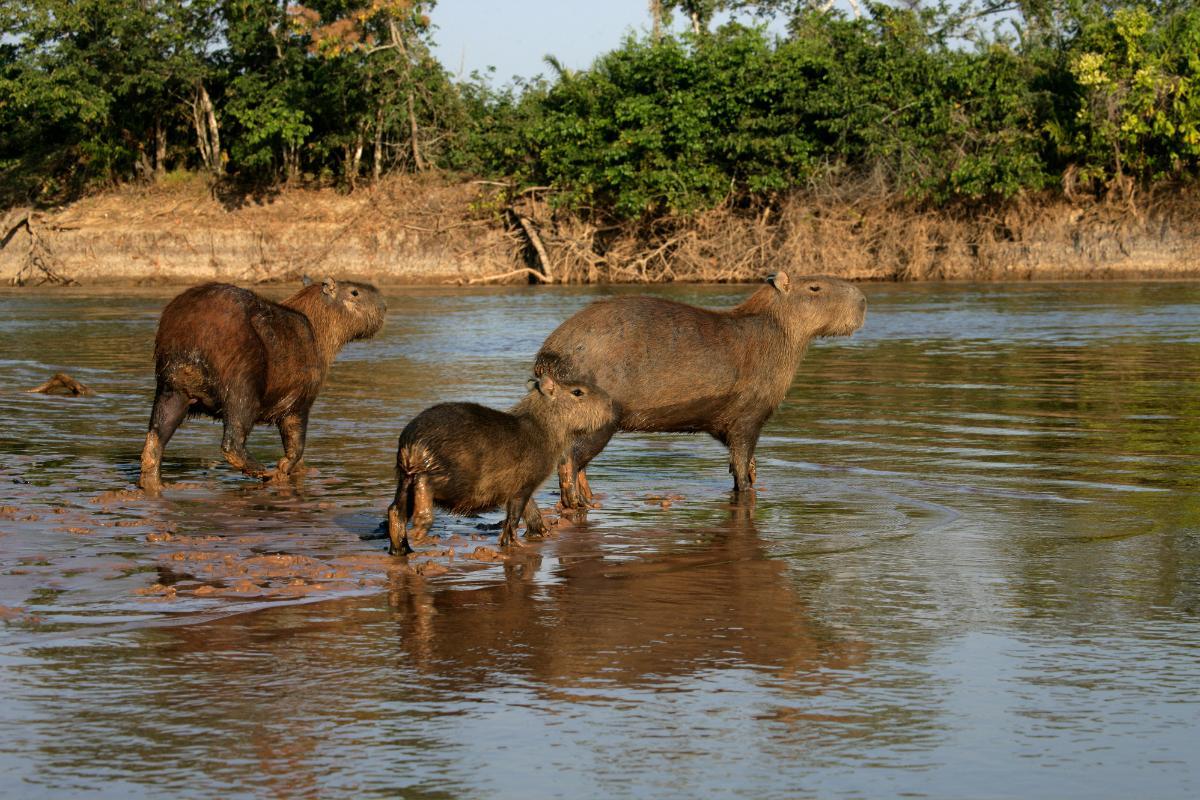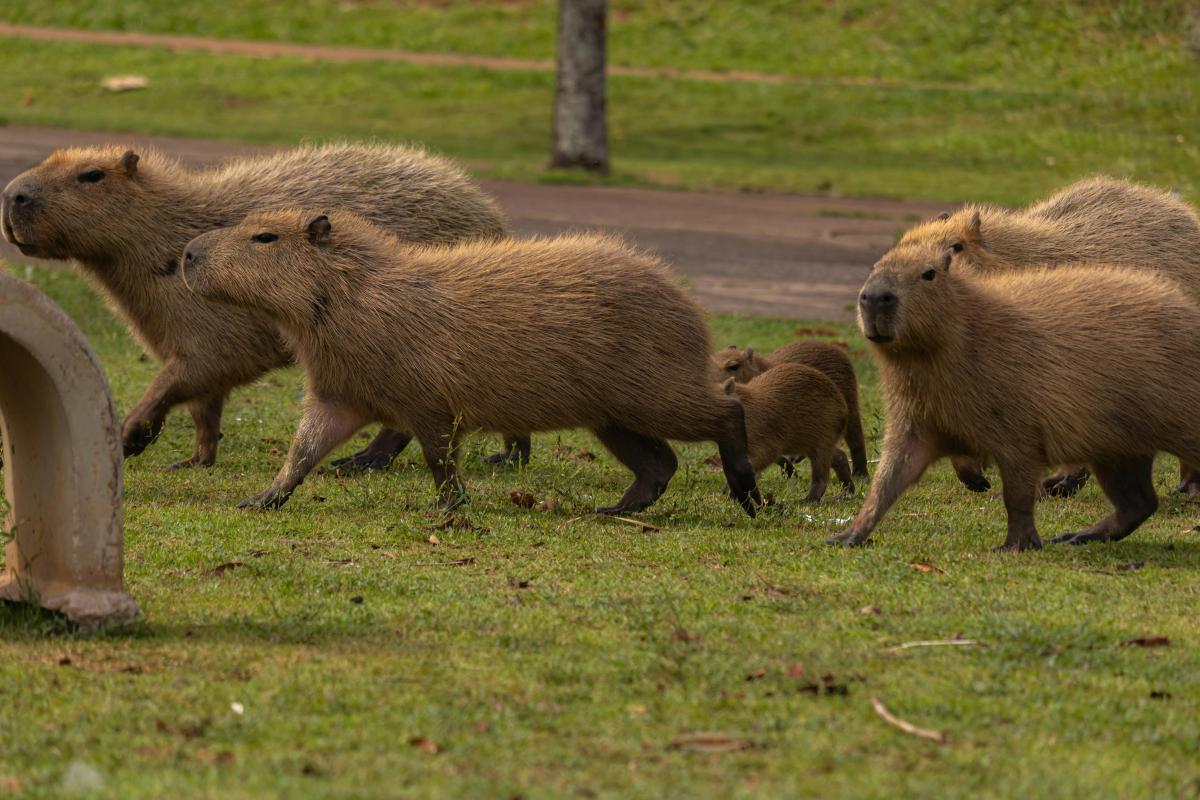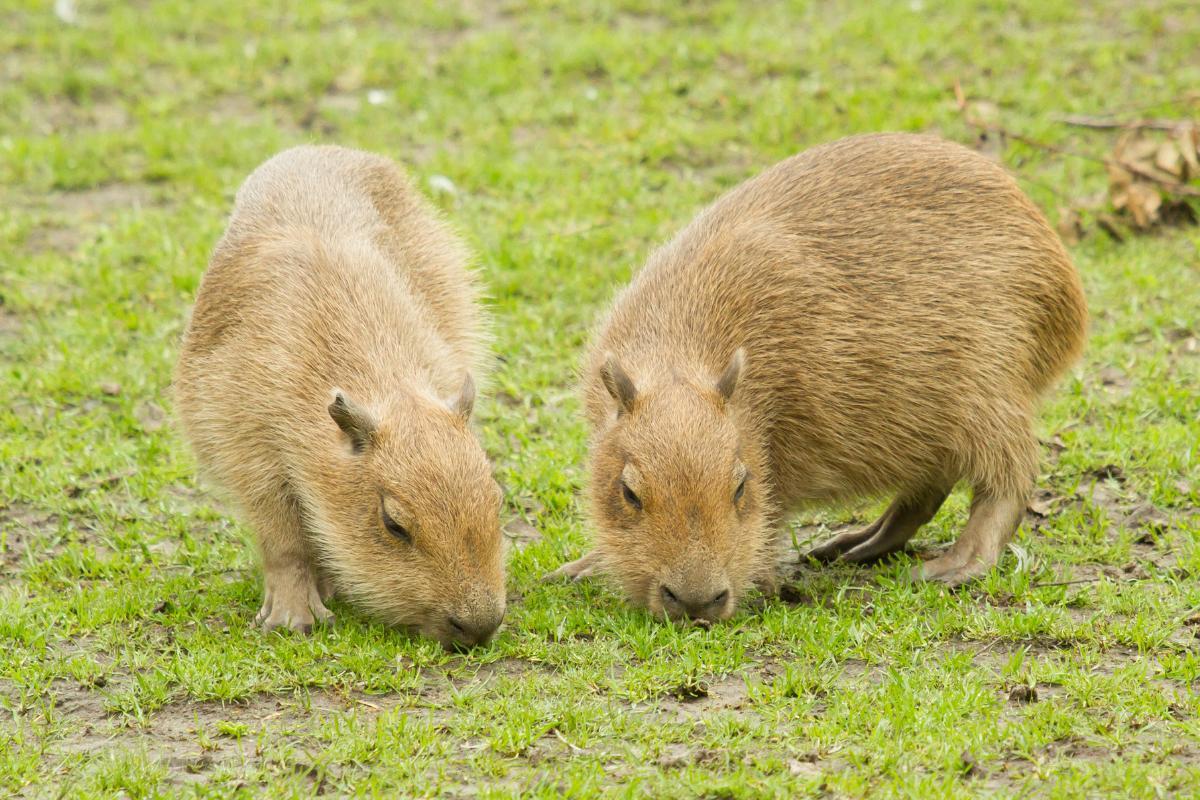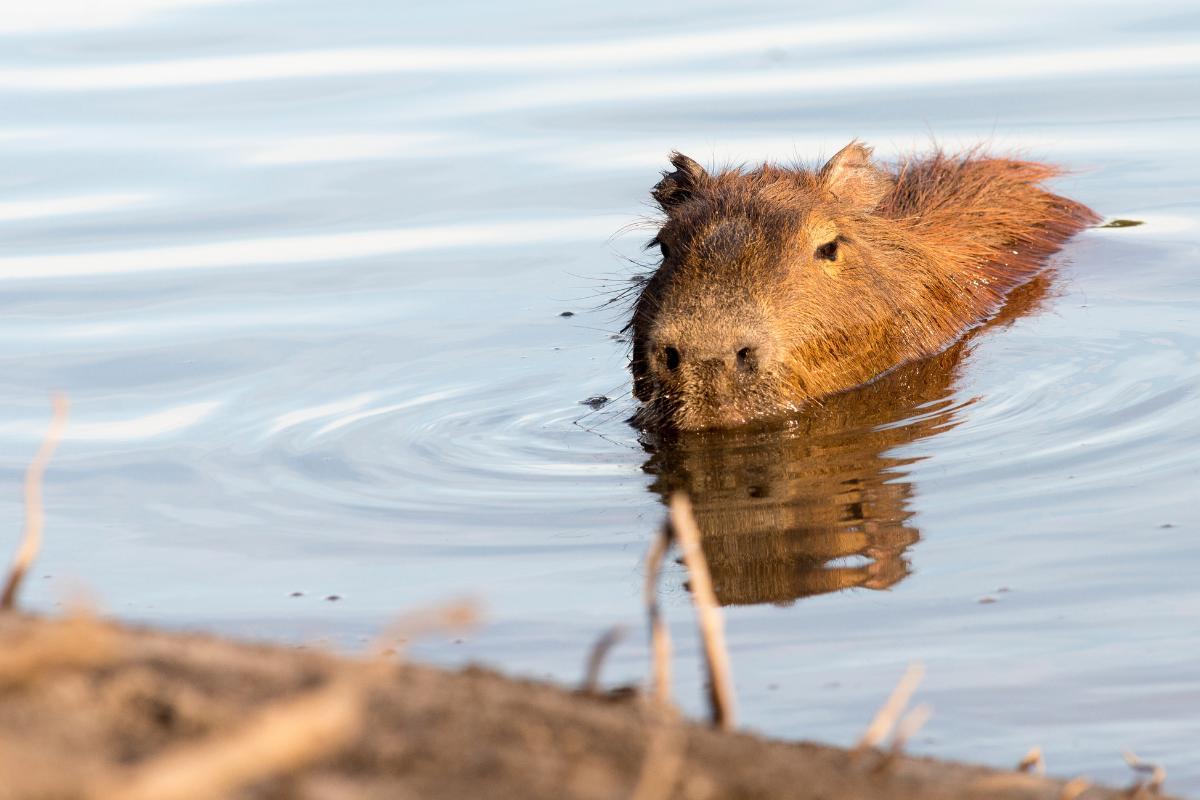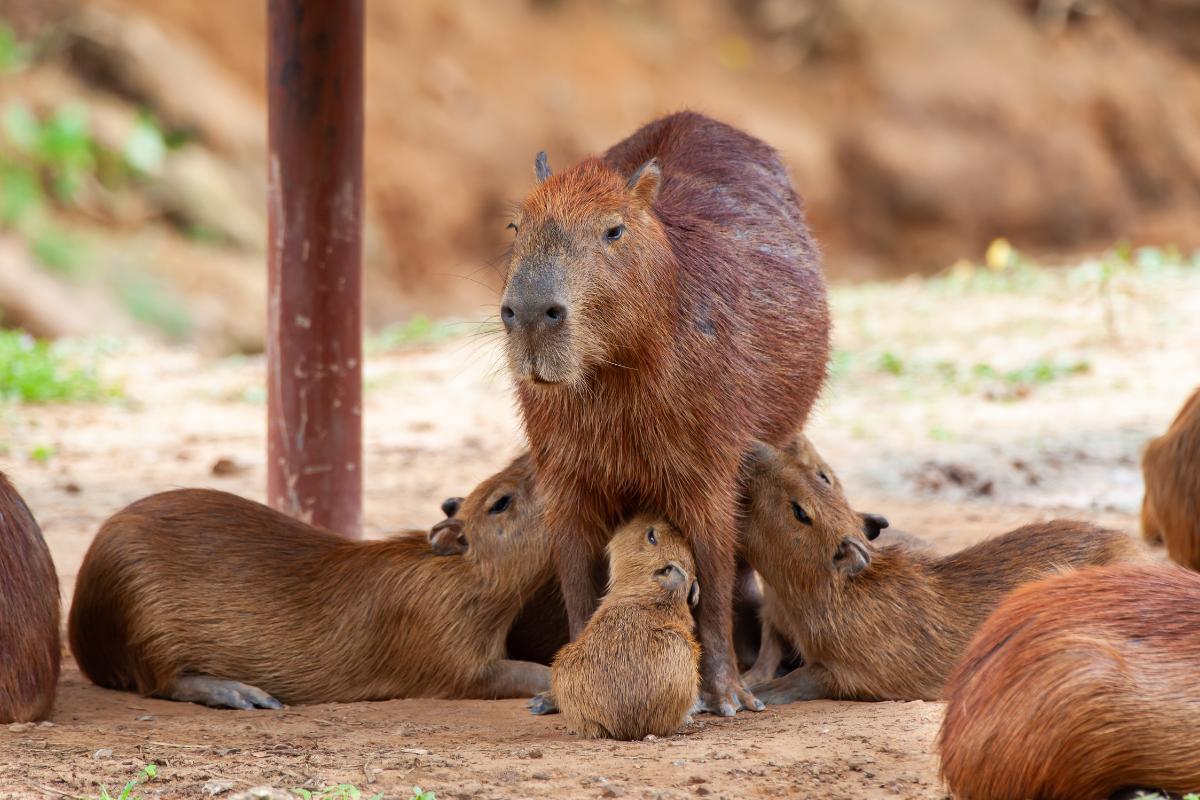Fun Facts About Capybaras

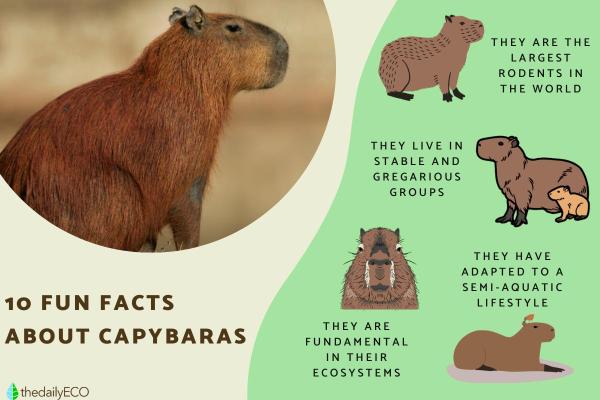
Capybaras (Hydrochoerus hydrochaeris) are the world's largest rodents and inhabit the wetlands of South America. They live in gregarious groups, are herbivores, and are adapted to a semi-aquatic lifestyle. They are also just about one of the cutest animals on the planet. Popular across social media, they can be seen in memes and videos that bring joy to everyone. Despite their cuteness, it is important to remember they are wild animals that need to be respected and protected. For this reason, thedailyECO shares 10 fun facts about capybaras. These surprising and cool facts help us to
- They are the largest rodents in the world
- They are endemic to South America
- There are three requirements for their survival
- They live in very stable gregarious groups
- They are selective herbivores with specialized teeth
- They eat their own poop
- They are adapted to a semi-aquatic life
- Their babies are unique when they are born
- They are a fundamental to ecosystems
- Humans are their main threat
They are the largest rodents in the world
Our first fun fact about Capybaras (Hydrochoerus hydrochaeris) is that they are the largest extant rodents in the world. An adult can weigh approximately 121 lb (55 kg), as well as measuring more than 3.2 ft (1 m) in length and between 1.6-2 ft (50-62 cm) in height. In addition to being the largest rodents, they are one of the few large herbivores which are known to still live in the continent of South America.

They are endemic to South America
Capybaras are widely distributed in tropical and subtropical wetlands in all South American countries, except Chile. They can live near human settlements. Water is a key element in the capybara's habitat and determines environmental quality. The spatial distribution of water bodies in a given region determines the distribution of their wild populations.
You can learn more about capybara habitat with our article asking what is a wetland?
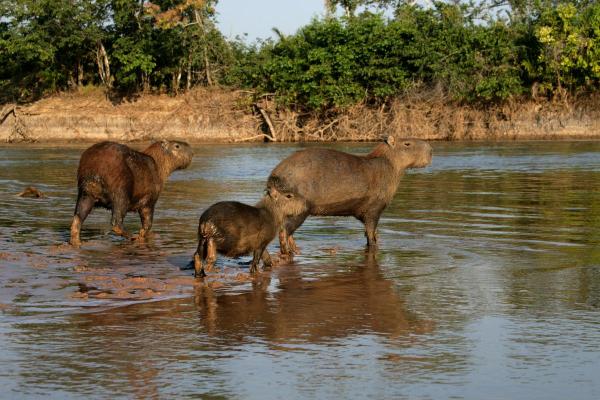
There are three requirements for their survival
Another fun capybara fact is that these large rodents have three fundamental requirements to ensure their survival, including:
- Availability of aquatic environments: water is a fundamental component for meeting the various physical and behavior needs of the capybara, such as reproduction, thermoregulation and protection.
- Presence of foraging areas: they need these areas nearby to obtain good quality food.
- Presence of dry areas: although water is essential, they need dry spaces to use as resting sites and as shelter for their young.
They live in very stable gregarious groups
Capybaras live in very stable groups. These can usually consist of one male for every two females, as well as any offspring. They may also live in larger groups with subordinate males. The size of these groups varies between 6 and 20 individual animals, depending on the type of habitat and the season.
Each group is usually led by a dominant male. Water and vegetation are abundant in summer and they disperse into smaller groups. They accumulate energy reserves in the form of fat, coinciding with the breeding season for newborns. During winter, groups become larger. Individual mortality increases due to lack of food, disease and shelter, making them more vulnerable to hunters and predators[1].
Learn more about other types of rodents with our article detailing the differences between rats and mice.

They are selective herbivores with specialized teeth
Capybaras are selective herbivores that feed primarily on grasses and sedges. They do so thanks to their teeth which are adapted to this fibrous diet. Their incisors have sharp front edges and act like scissors to efficiently cut vegetation. The transverse enamel plates on their molar teeth allow them to grind food into small fragments, breaking down the cellulose to make it easier to digest.
Mammals are not the only animals that feed on plants to survive, as you can see in our guide to the types of herbivorous birds.

They eat their own poop
This fun capybara fact is also the grossest. Coprophagy is the voluntary ingestion of feces and it is part of the capybara's dietary habits. It is a digestive strategy that is particularly useful during periods when food is scarce or nutrient poor. It serves as a way for capybaras to recirculate nutrients, maximizing their nutritional benefit. As they eat their own poop, they are types of autocoprophagous animal.
They are adapted to a semi-aquatic life
Capybaras are semi-aquatic, being able to dive for several minutes before returning to land. They have various adaptations which allow them to navigate in the water. This includes the location of their eyes, nostrils and ears which are on the top of their heads. This allows them to swim almost completely submerged.
The small, rounded and slightly rigid ears of the capybara have a fold that closes the ear canal when submerged, preventing water from entering. They also have membranes on their extremities, which facilitate their movement in the water and act like paddles when swimming.

Their babies are unique when they are born
Capybaras can give birth to an average of four young. This number can increase or decrease depending on environmental conditions and the female's nutritional status. They typically have one litter per year, but they may have a second if conditions are particularly favorable.
Unlike other rodents, capybaras are precocial. This means they are fully developed at birth, weighing between 3.3-4.4 lb (1.5-2 kg). Their bodies are covered in fur when they are born. Their eyes are open and they are able to move around. Although they need their mother's milk, they can even eat solid food within days of birth.

They are a fundamental to ecosystems
As large herbivores, capybaras help control vegetation growth in wetlands. They are also a food source for certain predators that thrive in their habitat range. Their droppings enrich the soil and promote new plant growth. For these reasons, they are vital to their ecosystems.
Humans are their main threat
The decline in populations of large predators such as the puma and jaguar across the capybara's range means that humans are now their main threat. They are hunted for their meat and their pelts, being considered an important food stuff in some parts of South America.
Aside from hunting, capybaras face numerous other threats. They include the illegal pet trade, loss of wetland habitats, introduction of invasive animal species, increased frequency of climate-related disasters and traffic collisions. While threats do exist, capybaras are considered to be of ‘least concern’ according to the IUCN.
Know you know these fun facts about capybaras, you can learn more about the delicate balance of ecosystems with our article explaining the differences between predator and prey.
If you want to read similar articles to Fun Facts About Capybaras, we recommend you visit our Facts about animals category.
1. Paschoaletto Micchi de Barros Ferraz, K. M, Manly, B., & Verdad, L. M. (2009). The influence of environmental variables on capybara (Hydrochoerus hydrochaeris: Rodentia, Hydrochoeridae) detectability in anthropogenic environments of southeastern Brazil. Population Ecology, 52(2), 263-270.
https://doi.org/10.1007/s10144-009-0181-1
- Corriale, M. J. (2010). Habitat use and selection of the capybara (Hydrochoerus hydrochaeris) at different spatiotemporal scales in the Iberá Wetlands, Corrientes, Argentina (Doctoral dissertation). University of Buenos Aires, Faculty of Exact and Natural Sciences.
- Noya Abad, T., Calcagno, J. Á., & Bauni, V. (2020). Study of the capybara (Hydrochoerus hydrochaeris) population in the protected natural area "El Morejón," Campana (Buenos Aires).
- Quintana, R. D. (1996). Analysis and evaluation of the habitat suitability of the capybara (Hydrochoerus hydrochaeris) in relation to landscape heterogeneity and interactions with domestic livestock (Doctoral dissertation). University of Buenos Aires, Faculty of Exact and Natural Sciences.

